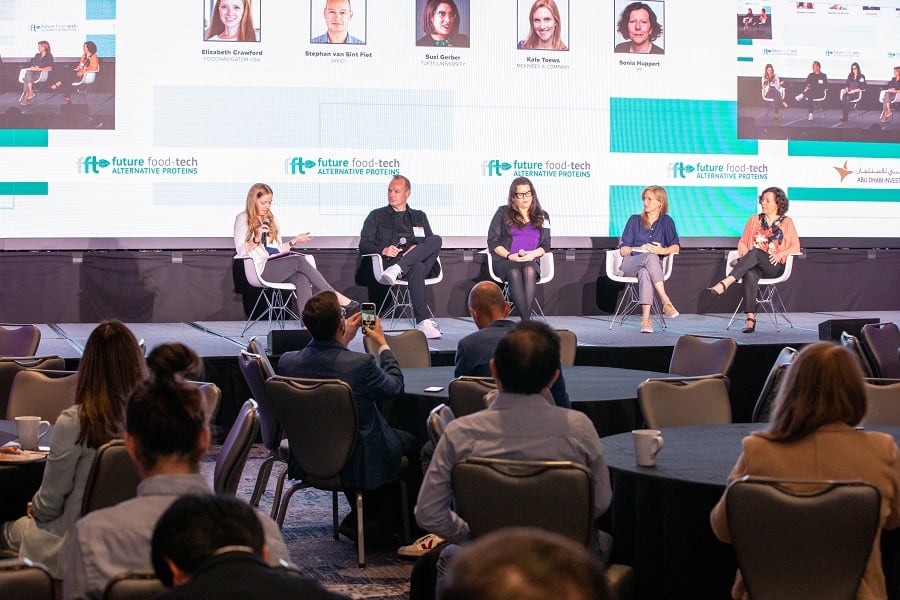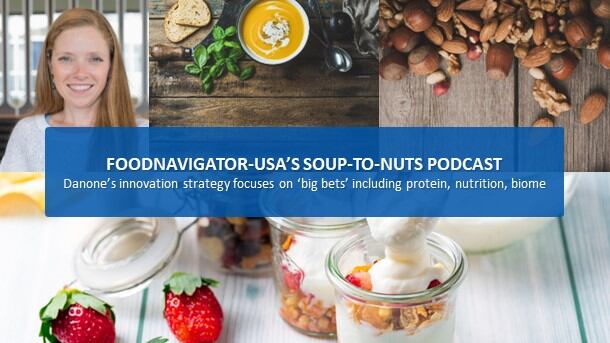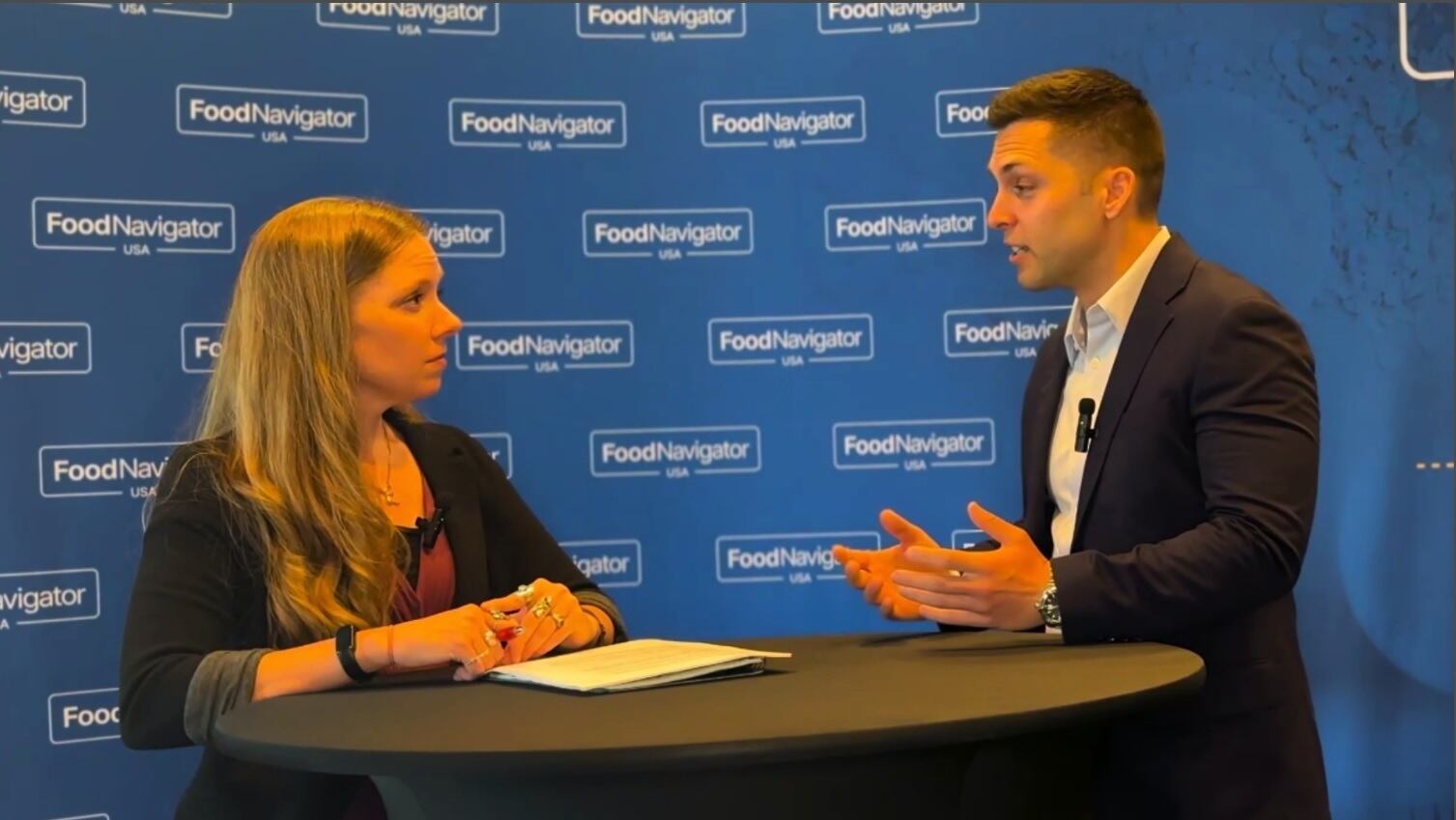Frustrated by “a lot of shortcomings” in the cultivated meat industry that held back production and increased prices, Hatchless CEO Vahid Hosseini said he ultimately turned to nature for a more efficient and effective process.
“The egg is a miracle. It has [all the] ingredients and is self-sufficient” at producing tissue without the piping, flooding, mixing and other processes that many cultivated meat companies are trying to reproduce, he explained to FoodNavigator-USA earlier this summer at Future Food Tech’s Alternative Proteins summit in Chicago.
To recreate the miracle of the egg, company CSO Rouzbeh Taghizadeh told judges during a pitch competition at the summit that Hatchless made what it calls a “scalable production unit,” which Hosseini said one person fondly dubbed an “egg bioreactor,” in which poultry cells from an infertile egg can grow and be harvested multiple times without the addition of chemicals, growth factors, hormones, enzymes, antibiotics or genetically modified cells.
SPU can produce 30% of ground chicken consumed in US by reclaiming just 5% of eggs, Hatchless claims
The chamber is self-sufficient, small, proficient at growing chicken cells and easy to scale, Hosseni said.
“We have moved away from bio-reactors and by … developing our own manufacturing paradigm … we are able to manufacture this product with greater yield, with relatively minimal energy consumption,” said Taghizadeh.
He added, ‘Bioreactors will not give us the … the type of product that we would expect because cells in our bodies and chickens don’t grow in suspension. They grow attached to a maxtrix.”
Hosseni explained that the SPU allows the company to potentially produce up to 30% of the ground chicken consumed in the US annually by “reclaiming” the 5% of eggs which end up in the landfill every year.
He added that this technology could reduce the population needs of broiler chickens by 95% -- effectively stopping the slaughter of 90 billion chickens annually in the US.
“If we replace [conventional chicken meat production] with Hatchless technology, we can [produce the equivalent meat of 90 billion chickens] from about 500 chicken laying,” he added.
By reducing reliance on living chickens, the Hatchless team says their technology will help reduce animal disease outbreaks, the risk of contamination related to food poisoning, and greenhouse gas emission associated with raising and processing chickens.
They say their approach also is less expensive than conventional and cultivated poultry, because it sidesteps the causes of price volatility associated with conventional egg production and uses less energy and has a greater yield than current cultivated meat production using bioreactors.
Having just come out of stealth mode at the start of the summer, Taghizadeh said Hatchless is currently raising seed funding to scale and build a facility. It also is looking for partners and working with FDA to meet regulatory requirements.



